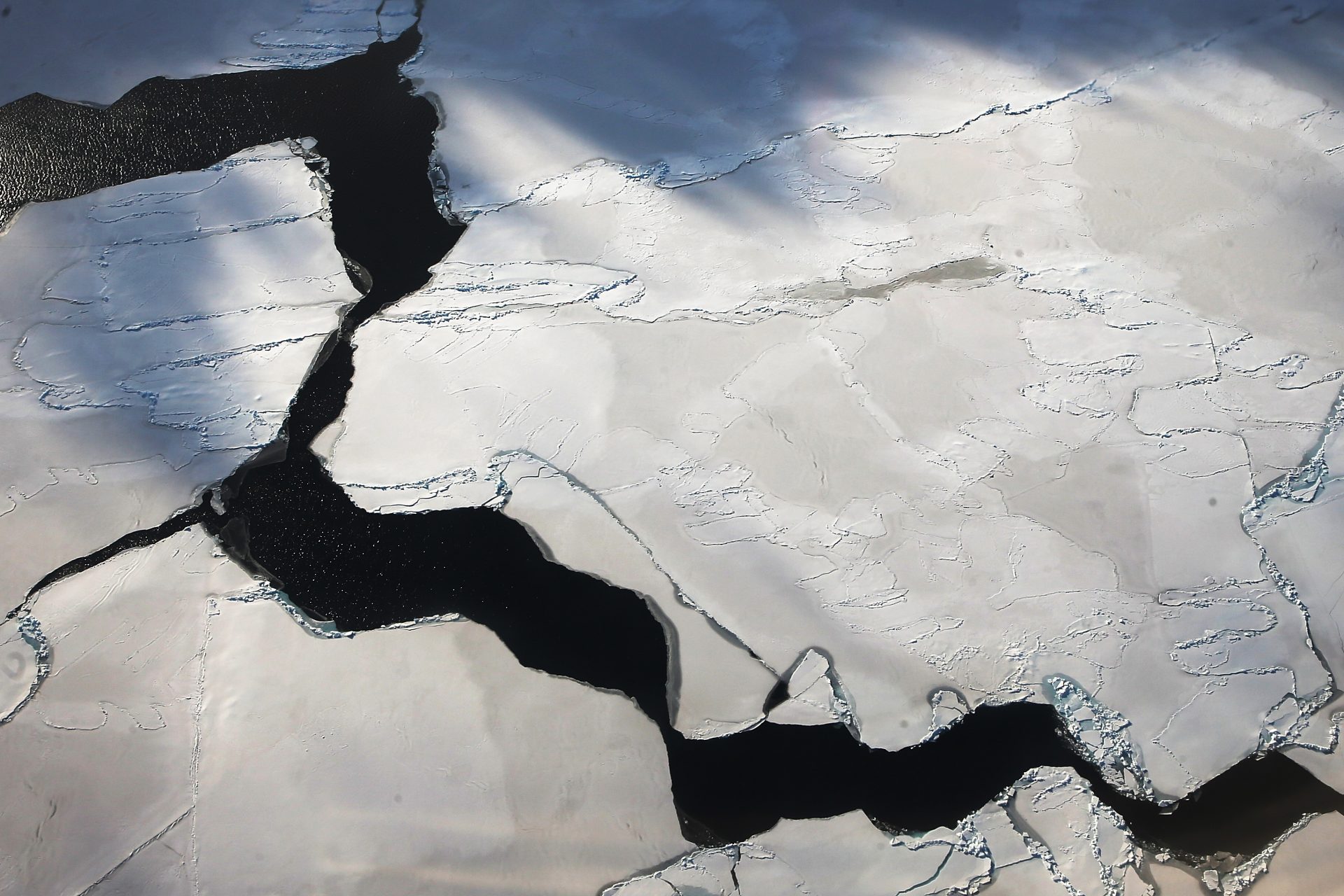Scientists discovered a massive hidden river in Antarctica
Due to its extreme conditions, Antarctica remains the most difficult continent to investigate, and it continues to captivate as the most intriguing and enigmatic landmass.
The average temperature of the continent oscillates between -10º and -60ºC (14ºF and -76ºF), which is why most of Antarctica remains frozen all year round, storing 70% of the world's fresh water.
Photo: Unsplash - Noaa
For this reason, the discovery of a river under Antarctica is great news for determining the evolution of climate change both in the medium and the long term.
Photo: Unsplash - Dennis Rochel
According to experts the newly discovered waterway and its offshoots could substantially affect how the glacial ice above it flows and melts.
Researchers from Imperial College London, the University of Waterloo (Canada), the Universiti Malaysia Terengganu and the University of Newcastle made this discovery, which was published in the journal 'Nature Geoscience'.
Photo: Unsplash - Freysteinn
The river was hidden in the icy depths of Antarctica and is 460 kilometers (285.8 miles) long, that is, a length greater than that of the River Thames (346 km/215 miles).
The reason why this river had not been discovered before is the inaccessible and complicated area in which it is located.
Photo: Unsplash - 66 North
The water that flows under the ice sheets can be produced in two ways. The first is due to surface melt water that filters through deep crevasses called moulins down to the base of the ice sheet, according to the journal 'Nature Geoscience'.
The second way water ends up under the ice sheets is through geothermal heat and friction, which melts the ice underneath the glacier.
The river is located in an area that has ice from East and West Antarctica and that reaches up to the Weddell Sea, according to the magazine 'Nature Geoscience' in its report.
Photo: Unsplash - Hay Ruzesky
The researchers discovered the river after using a combination of several airborne radar surveys. This allowed the scientists to peer through the ice, finding this unexpected and enormous river.
Photo: Unsplash - Cassie Matias
The river which starts at an ice cap, has a more active flow of water than the researchers had initially thought, which could imply that it is more susceptible to climate change, thus making it possible to predict how it will affect the entire planet.
The relevance of this discovery lies in verifying the amount of ice that the river accumulates and how long it takes to melt, since the flow of water could directly influence the process.
This fact is relevant because the area selected to carry out the study has enough ice to raise the sea level by about 4.3 meters or 14 feet worldwide, according to the magazine 'Nature Geoscience'.
Photo: Unsplash - Cassie Matias
This river is an important discovery because it indicates that enough water is melting from the base of the ice sheets to form rivers, and these may further accelerate the melting of the ice.
An interesting detail from the study is that indicates that this river collects water at the base of the Antarctic ice sheet, the size of which is similar to France and Germany combined.
As a result of this success, the team of researchers hopes to discover more rivers flowing under the Antarctic ice and verify the collateral effects they have on the environment and on the entire planet.
Photo: Unsplash - Rod Long
More for you
Top Stories






























